The Clog Museum
A Dutch clog company in the town of Zaandam loves the wooden shoes so much it made a museum for them.
What’s more quintessentially “Dutch” than clogs? Maybe only windmills, but it would be a tight race.
Not far from Amsterdam, in the city of Zaandam, the neighborhood known as Zaanse Schans is home to many different traditional Dutch manufacturers, craftsmen, bakers, and cheese makers, and there are several windmills and brightly painted wooden houses in addition to the artisans and workshops. The local clog company, Kooijman Souvenirs & Clogs, has collected clogs from different eras and different countries, all in the service of celebrating the humble wooden shoe in their shop and Clog Museum. You can see not only a vast array of clogs, but also watch demonstrations on traditional methods of carving and decorating. There is even a “Diamond Clog” designed by an Amsterdam metal worker in homage to the British artist Damien Hirst. He’s not Dutch, but he would probably admire the sparkly shoe.
Clogs are old. Really old as far as safety footwear goes. They’ve been around at least since the 12th or 13th century, and have traditionally been worn by laborers of all kinds. Farmers, fishermen, carpenters, and peat bog workers have all relied on the nearly indestructible wooden shoes. It’s a little hard to pinpoint exactly when northern Europeans started wearing clogs, since they were mostly turned into firewood once they wore out (and it takes a lot to wear out a pair of wooden shoes). So old ones are hard to come by, but most estimates put the earliest examples as being around 850 years old.
Clogs have been worn in many countries, but it is the Dutch clog that is probably conjured in our minds the most. Often colorfully painted, the patterns of Dutch clogs (in addition to their differences in shape) were often used to both identify the owner as well as their specific craft. More pointy toed versions might belong to a fisherman – all the easier to scoop up netting; extra thick and broad-soled clogs probably came along into the peat bogs – so you wouldn’t actually sink into the peat; and add some cleats to the bottom, icy roads and canals magically become navigable for man and horse alike. Yes, they even made cleated clogs for horses way back when.
Know Before You Go
Zaanse Schans in the city of Zaandam is about 40 minutes from Amsterdam by train, bus or car (a little longer by bicycle)


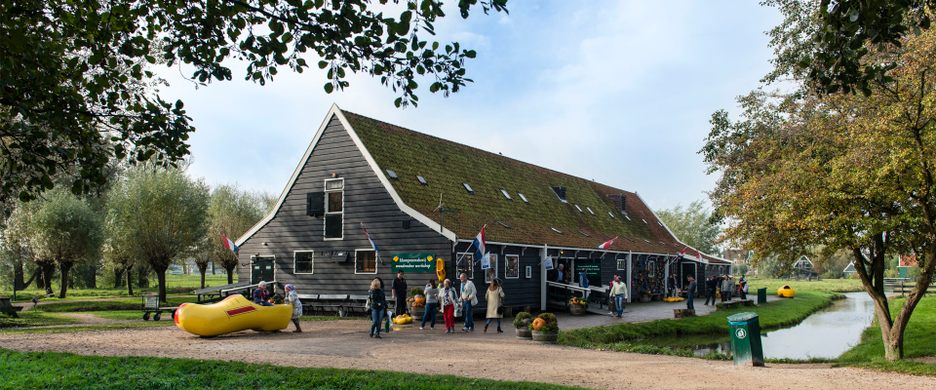


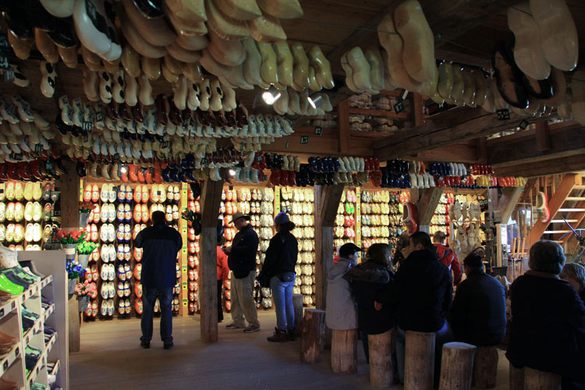
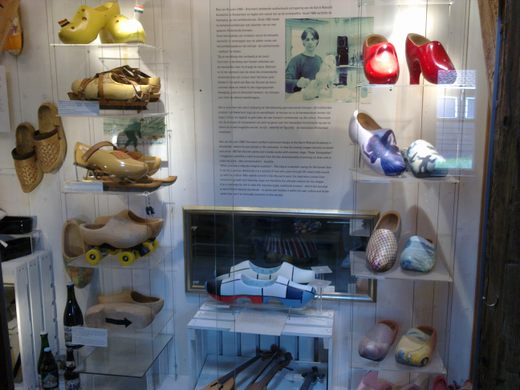
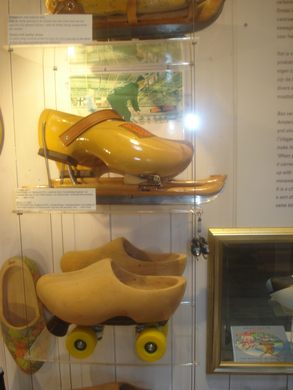




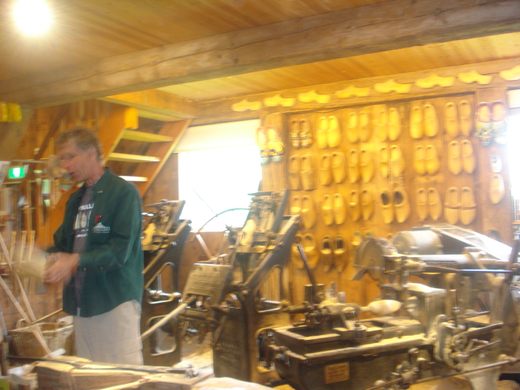
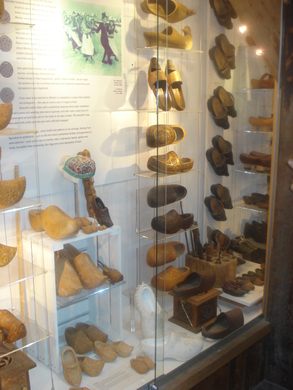

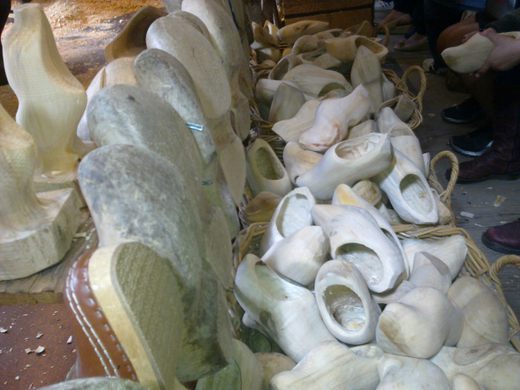







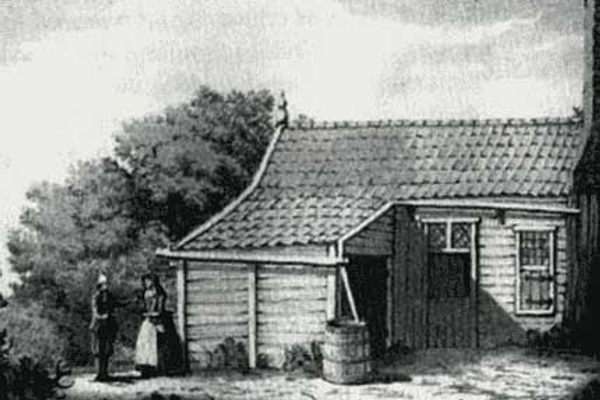



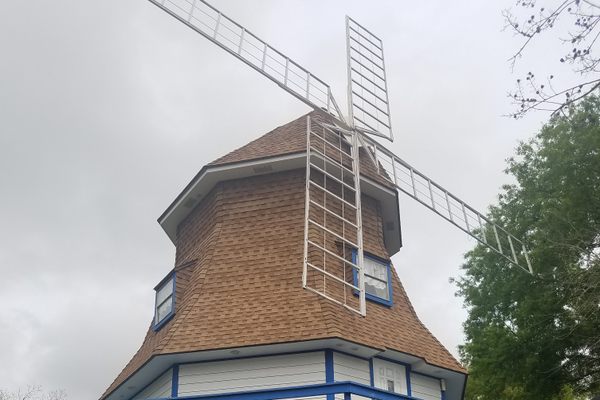
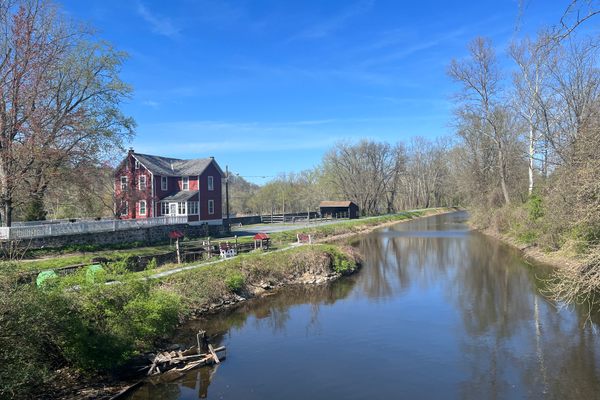



Follow us on Twitter to get the latest on the world's hidden wonders.
Like us on Facebook to get the latest on the world's hidden wonders.
Follow us on Twitter Like us on Facebook